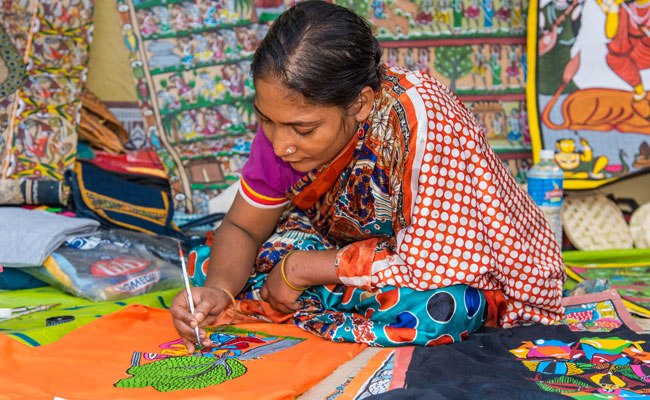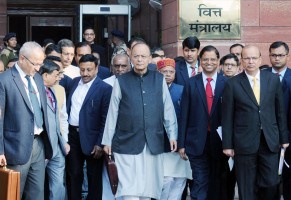
Grouping micro & small with medium enterprises self-defeating, says Expert
Jayarama Emani | The Dollar Business
The recent norms of grouping micro and small with medium enterprises, when it comes to priority sector lending is self-defeating, said an expert. Speaking to The Dollar Business, Tamal Sarkar, Director, Foundation for Micro, Small & Medium Enterprises (MSME) Clusters (FMC) said, “It is well known that banks are prone to support small and medium, an estimated 300 to 400 thousand such enterprises all over India, as compared to 11 million micro enterprises, in the manufacturing sector. The reason is the ease, the collaterals available and the large value loan. Hence at times the same party is financed multiple times too.” “If we are truly interested in lending to priority sector, then it has to be (a) reserved for micro enterprises only, (b) the loan amount should not be repetitive, i.e. same form getting multiple times, (c) it has to be final lending and not intermediary lending, i.e. loan given by a development institution to a bank for priority sector lending,” he said, and added “Special efforts should be given to lend the services sector, and hence 50 per cent such loan should be reserved for micro services enterprises.” Yesterday, The Federation of Indian Exporters Organisations (FIEO), President, S C Ralhan, said that a steep decline of credit off-take to MSMEs may require re-working credit costs and cost effective credit options. While commenting on the latest release of the Reserve Bank of India on deployment of gross bank credit as of April this year, Ralhan stated that the high cost of credit has impacted adversely the credit off-take which has declined to 8.9% for industry (from 14.2% in the corresponding period last year) and alarmingly low to 10% for MSMEs (from 21%); besides export credit which also reflected a declining trend. The FIEO chief stated that in an effort to reduce interest costs and make exports more competitive pending re-introduction of interest subvention, exporters are getting bills discounted from a foreign bank which have a tie-up with the importers bank where the rate of interest is less than 2% per annum. However, this facility is available to only large export houses based on their counterpart importers credit record with their respective foreign lender, which leaves out a large number of exporters who have to deal with a higher cost of credit in the face of diminishing export orders due to a demand contraction. What makes things worse is the lack of competitiveness which edges out the MSME exporter from the global market place. While export credit has been put albeit with a cap in the priority sector it has come at a time where there is a demand contraction while interest rates continue to be high for the export sector in the absence of interest subvention which has been anticipated to be re-introduced and in the pipeline for long, he said. He stated that given the decline in credit off-take re-working credit costs by reducing base rates, cutting down the spread or margins over the base rate, and repackaging credit products to offer better value both to exporters and industry maybe a pre-requisite.
June 18, 2015 | 03:28 pm IST.





 to success.
to success.